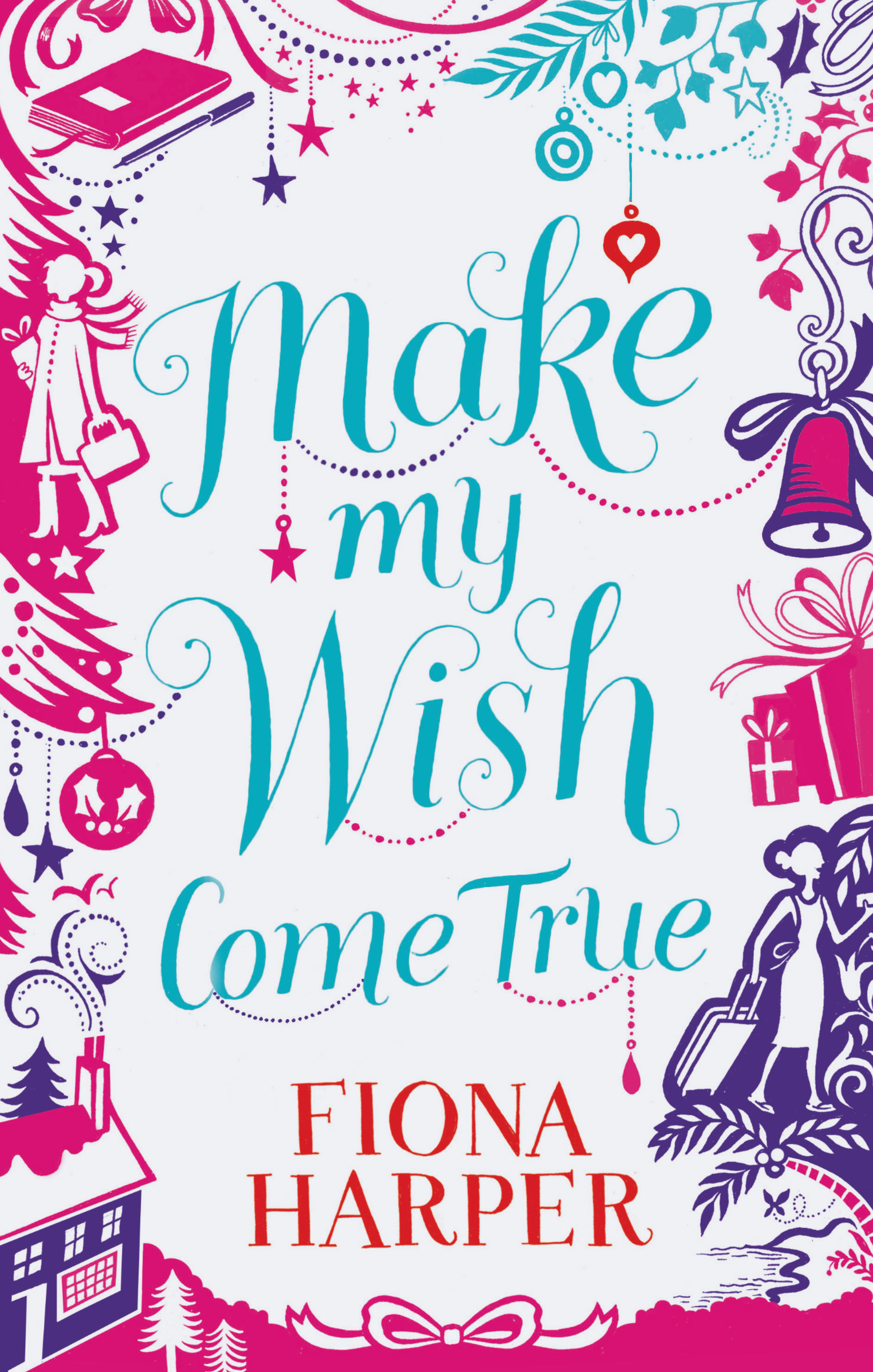Successful author of romantic fiction, Fiona Harper, gives tips and advice for writing a story that will have readers rooting for a happy ending from the very first chapter.

A love story seems pretty simple when you think about it, right? Boy meets girl, they fall in love and waltz happily-ever-after into the sunset. That’s great. Except your novel just ground to a halt at the end of chapter three with nowhere else to go!
That’s because, just like other stories, a romance needs conflict. In fact, a love story is all about the conflict. Most romances have happy endings, so it’s not the outcome that keeps the reader turning pages, but the journey. It’s how these two unique characters meet and challenge and change each other, so they deserve that happy-ever-after that hooks people in.
Conflict in a romance, however, does not mean constant bickering. A good old ding-dong argument can bring tension to a romantic story, but if that’s all the conflict you’ve got, you’re in trouble. Readers will quickly lose interest in an argumentative couple who can’t seem to agree over anything. (Think about it! Would you like to have to spend an evening in their company?) If the hero and heroine are going to have a showdown, make sure it’s about something important and the scene really needs to be included to advance the plot, develop the romance or deepen the characters.
Story conflict comes in two forms: external and internal. By external conflict, I mean obstacles that come from outside the characters. For example, in a romance this might be the objection of friends or parents or society to the relationship, being on opposite sides of a business deal or the threat of another love interest for one of the two central characters.
However, in the most gripping romances, it’s the internal conflict that drives the story. Internal conflict comes from obstacles that are inside the characters. If you took away the disapproval of others, the business deal or the ex-girlfriend, how are your two protagonists going to sabotage their own chances at happiness? What fears and flaws are they doing to have to overcome to reach the happy ending?
Love stories often have dual protagonists, who serve as both the love interest and the antagonist for each other, which can be a difficult balancing act. But when it’s done right, you get that wonderful push and pull dynamic that’s essential to a gripping love story.
Ask yourself: what is my protagonist’s greatest fear? How can the other character tap into that and be their greatest threat? If you’ve got a man who's got trust issues, don’t give him a nice, safe lady who’s going to wash his socks and never let him down. Make him fall in love with someone who has the power to betray his trust and leave him even more of a mess than he was before!
At the same time, for this to be a believable love story, the two protagonists have to connect with each other in a deeper way than they’ve ever done with anyone else before. One of the problems with beginners’ love stories is that it’s not clear why the hero and heroine fall in love with each other. Sometimes it seems to happen just because they’ve been written onto the page together. One of the ways to avoid this is to have the protagonists see what no one else sees about the other. Even if the person they’ve fallen in love still has plenty of growing to do, they can see the potential in them. It’s this person they fall in love with, not the face their lover shows to the rest of the world.
That sense of being a perfect fit for each other also comes when we understand that this relationship is a catalyst for change in both their lives. If they hadn’t met each other, they would not have been pushed out of their comfort zones and forced to face things about themselves they didn’t want to face. Doing so has made them ready for love in a way that they were not at the beginning of the story.
In real life, a long-term relationship requires compromise, sacrifice and a willingness to be both honest and vulnerable. If the characters in your love story aren’t willing to do the same, if they refuse to change, readers will never believe the relationship will last much beyond ‘The End’. I believe that for a truly satisfying romance, the hero and heroine have to earn their Happy Ever After. If you make them work for it, push them beyond their limits, then not only will you take readers along for the ride with, they’ll be cheering for your couple all the way.
Fiona Harper is a Mills & Boon author. Her most recent novel is Make My Wish Come True, RRP £6.99. Follow her on Twitter here and read more about her work on her website.
Comments